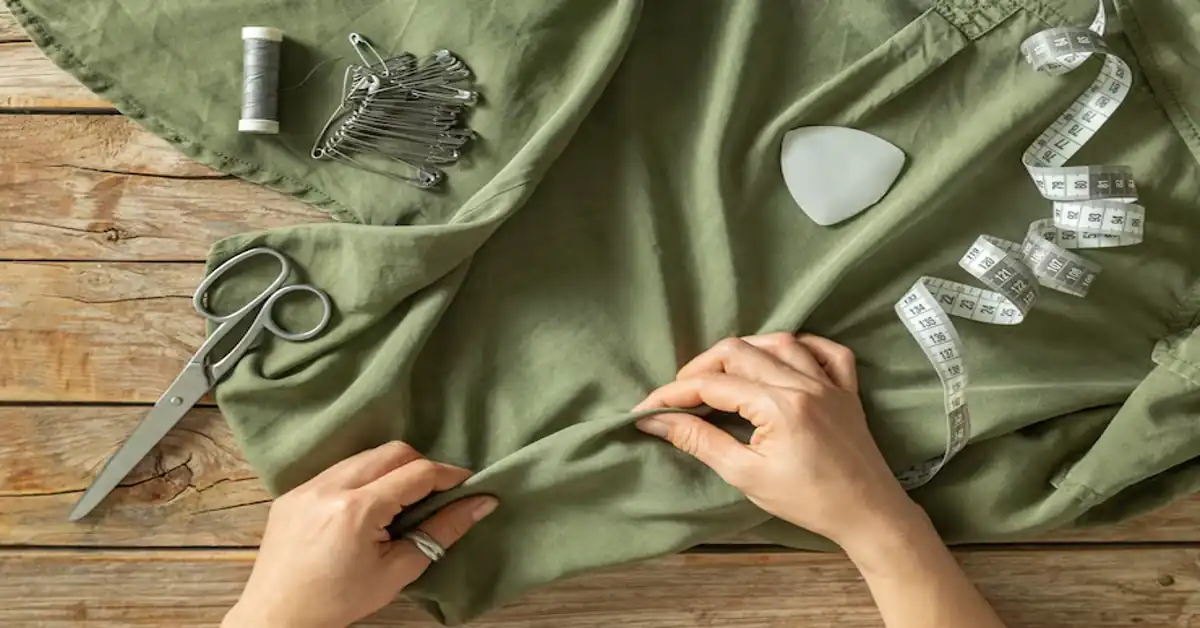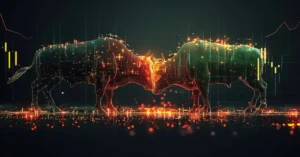In the intricate world of garment construction, seams—known in German as “Nahttypen”—play a pivotal role in determining the durability, appearance, and functionality of clothing. From the simplest plain seams to more complex bound or lapped seams, understanding the various types of seams is essential for anyone involved in sewing, fashion design, or textile manufacturing.
What Are Nahttypen?
“Nahttypen” refers to the different types of seams used to join pieces of fabric together. Each seam type has its unique characteristics, advantages, and ideal applications. The choice of seam affects not only the garment’s strength and longevity but also its aesthetic appeal and comfort.
READ MORE: 5StarsStocks.com AI: A New Chapter in Algorithmic Investing
Common Types of Seams
1. Plain Seam (Einfache Naht)
The plain seam is the most basic and widely used seam in garment construction. It involves placing two pieces of fabric together, right sides facing, and stitching along the edge.
- Applications: Used in a wide range of garments, from shirts to dresses.
- Advantages: Simple to construct and suitable for most fabrics.
- Considerations: Raw edges need finishing to prevent fraying.
2. French Seam (Französische Naht)
The French seam encloses the raw edges within the seam, providing a neat finish. It’s ideal for lightweight or sheer fabrics.
- Applications: Lingerie, blouses, and delicate fabrics.
- Advantages: Clean finish inside and out; prevents fraying.
- Considerations: Not suitable for heavy fabrics.
3. Flat-Felled Seam (Kappnaht)
This seam is strong and durable, with raw edges enclosed. It’s commonly found in jeans and workwear.
- Applications: Denim garments, sportswear.
- Advantages: High strength; neat appearance.
- Considerations: Can be bulky; requires precise sewing.
4. Bound Seam (Besetzte Naht)
In a bound seam, the raw edges are enclosed with a binding strip, often for decorative purposes.
- Applications: Unlined jackets, decorative finishes.
- Advantages: Adds visual interest; prevents fraying.
- Considerations: Requires additional materials and time.
5. Lapped Seam (Überlappnaht)
One fabric piece overlaps another, and the seam is stitched through both layers.
- Applications: Leather garments, outerwear.
- Advantages: Strong and decorative.
- Considerations: May not be suitable for all fabrics.
6. Flat Seam (Flachnaht)
This seam lies flat and is often used in knit garments to reduce bulk.
- Applications: Activewear, undergarments.
- Advantages: Comfortable against the skin; minimal bulk.
- Considerations: Requires specialized equipment.
7. Double-Needle Seam (Doppelnadelnaht)
Created using a double-needle machine, this seam features two parallel rows of stitching.
- Applications: T-shirts, knitwear.
- Advantages: Adds strength and decorative appeal.
- Considerations: Requires a double-needle setup.
8. Overlocked Seam (Overlocknaht)
An overlock machine trims and finishes the edges simultaneously, creating a clean and durable seam.
- Applications: Mass-produced garments, knit fabrics.
- Advantages: Efficient; prevents fraying.
- Considerations: Requires an overlock machine.
Choosing the Right Seam
Selecting the appropriate seam type depends on several factors:
- Fabric Type: Lightweight fabrics may benefit from French seams, while heavy fabrics might require flat-felled seams.
- Garment Purpose: Activewear needs seams that allow movement, such as flat seams.
- Aesthetic Considerations: Decorative seams like bound or lapped seams add visual interest.
- Durability Requirements: Workwear demands strong seams like flat-felled or overlocked seams.
READ MORE: SOA OS23: The Evolving Landscape of Service-Oriented Architecture in 2025
Modern Innovations in Seam Technology
Advancements in textile technology have introduced new seam types and construction methods:
- Seam Taping: Used in waterproof garments to seal seams.
- Ultrasonic Welding: Joins fabrics without stitching, ideal for technical textiles.
- Bonded Seams: Use adhesives to create smooth, stitch-free seams.
FAQs of Nahttypen
1. What is the strongest type of seam?
The flat-felled seam is considered one of the strongest, making it ideal for garments subjected to stress, like jeans.
2. Which seam is best for sheer fabrics?
The French seam is excellent for sheer fabrics as it encloses raw edges, providing a clean finish.
3. Can I use a plain seam for all fabrics?
While versatile, plain seams may not be suitable for all fabrics, especially those prone to fraying or requiring extra strength.
4. What seam is commonly used in activewear?
Flat seams are popular in activewear due to their comfort and minimal bulk.
5. How do I prevent seams from fraying?
Finishing techniques like overlocking, binding, or using pinking shears can prevent fraying.









